NASA's OSIRIS-REx asteroid sampling mission will help scientists better understand how to protect humanity if Bennu's path crosses Earth.
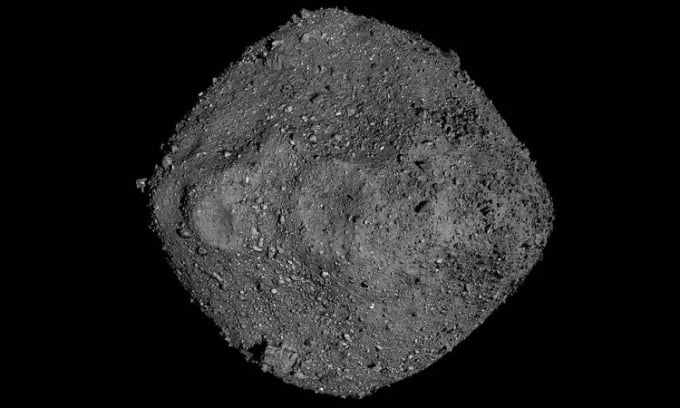
Asteroid Bennu is 492 meters wide. Photo: NASA
Asteroid Bennu is a gem for scientists, but it's also dangerous. No other asteroid has a higher chance of hitting Earth in the next 200 years than Bennu, according to Space . Bennu, discovered in 1999, is a rare B-type asteroid rich in carbon, thought to contain chemical compounds from the early days of the solar system. On top of that, the asteroid's 492-meter-wide orbit makes it the most dangerous object in the solar system known to scientists.
Bennu is large enough to cause serious damage on Earth. If it were to hit the planet, it would create a crater several kilometers wide. The impact would also cause earthquakes and shock waves that would travel through Earth’s atmosphere, destroying buildings several hundred kilometers away.
The chances of Bennu actually hitting Earth in the near future are slim. Models of Bennu’s trajectory and Earth’s orbit suggest that the two objects will likely collide in 2182. The chance of impact in that year is 1 in 2,700. Even if the revised models show an increased risk, engineers and scientists still have plenty of time to figure out how to deal with Bennu. The data collected by OSIRIS-REx will be crucial in shaping a mission to redirect Bennu, if necessary.
When OSIRIS-REx touched down on Bennu to collect samples in October 2020, the asteroid’s surface didn’t react as expected. The rocky mass inside the Nightingale crater where OSIRIS-REx landed, sinking almost like water, nearly swallowed the spacecraft. That helped scientists notice that the asteroid’s surface layer was surprisingly low in density. The spacecraft sank 50 centimeters into Bennu’s surface before its backup thrusters fired. The escape maneuver triggered another unexpected reaction. Images taken from cameras on OSIRIS-REx revealed a huge cloud of gravel and sand rising into the sky, threatening the retreating spacecraft.
Scientists are now comparing Bennu's measurements with data collected by NASA's DART Asteroid Redirection Experiment, which successfully changed the orbit of the moon Dimorphos around its parent body Didymos in September 2022, according to Dante Lauretta, OSIRIS-REx team leader at the University of Arizona.
OSIRIS-REx’s in-depth study of Bennu from orbit also revealed that the rocky masses towering over the asteroid’s surface are made of porous material. Scientists think this porosity may have protected Bennu from impacts from other, smaller bodies. As a result, there are fewer craters on Bennu’s surface than the team expected based on their understanding of asteroid impacts in the history of the Solar System. The strange physical properties of Bennu may also affect how the asteroid reacts to spacecraft diverting it from a collision with Earth.
An Khang (According to Space )
Source link







![[Photo] General Secretary To Lam attends the 80th anniversary of Vietnam's diplomacy](https://vstatic.vietnam.vn/vietnam/resource/IMAGE/2025/8/25/3dc715efdbf74937b6fe8072bac5cb30)



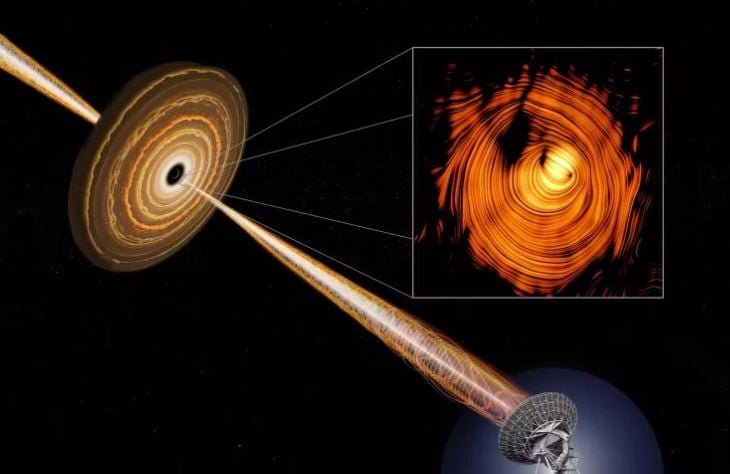
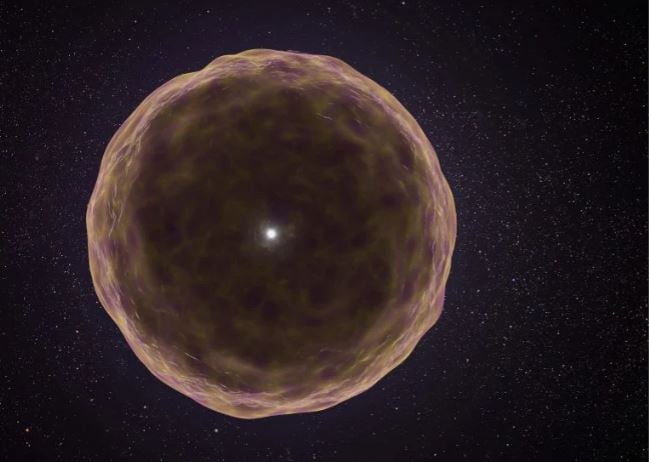
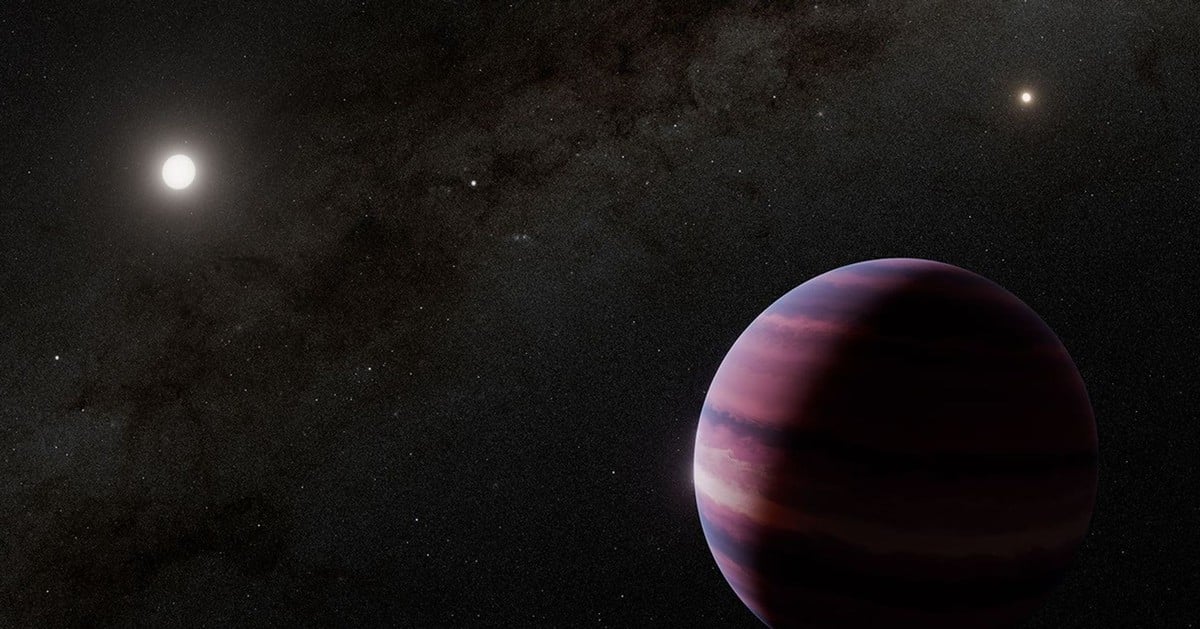



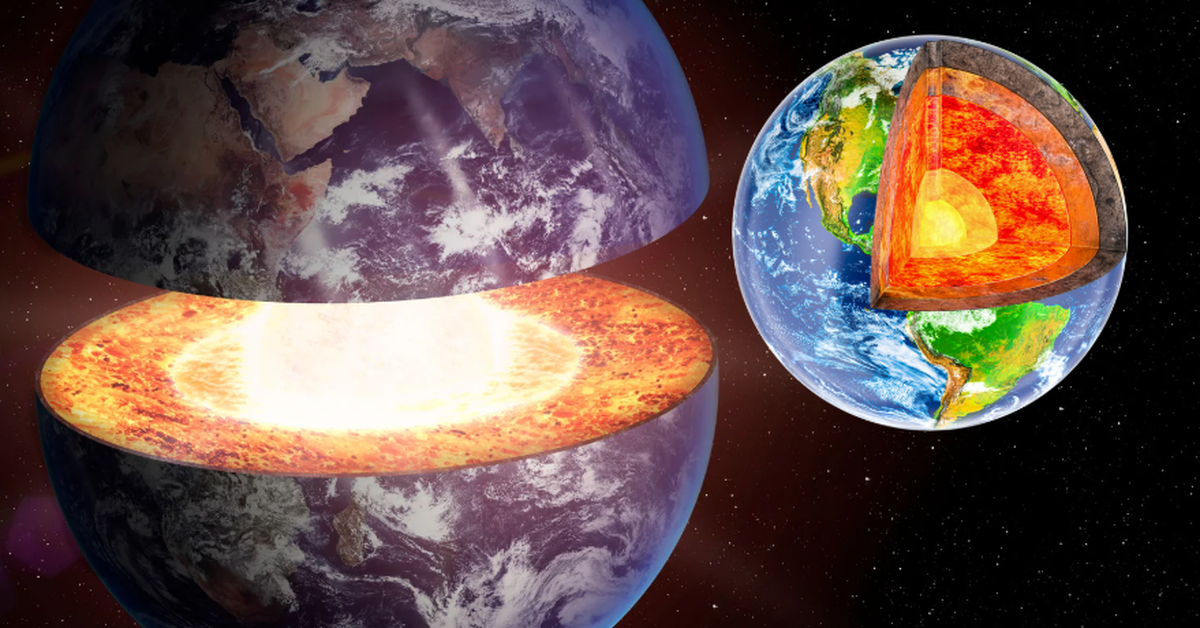







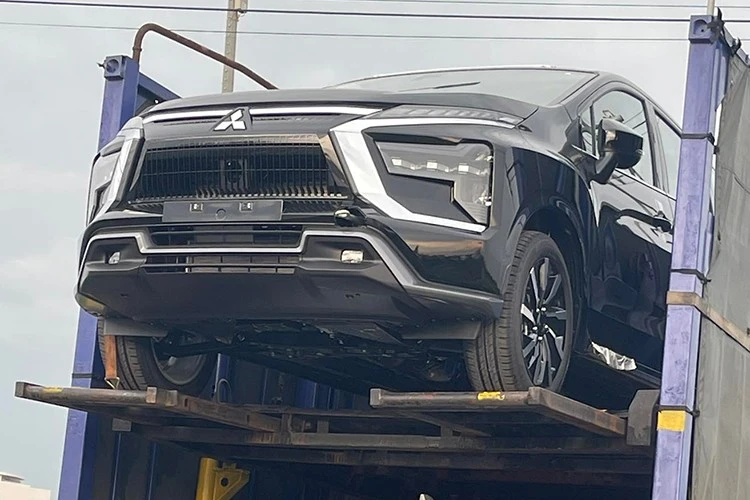









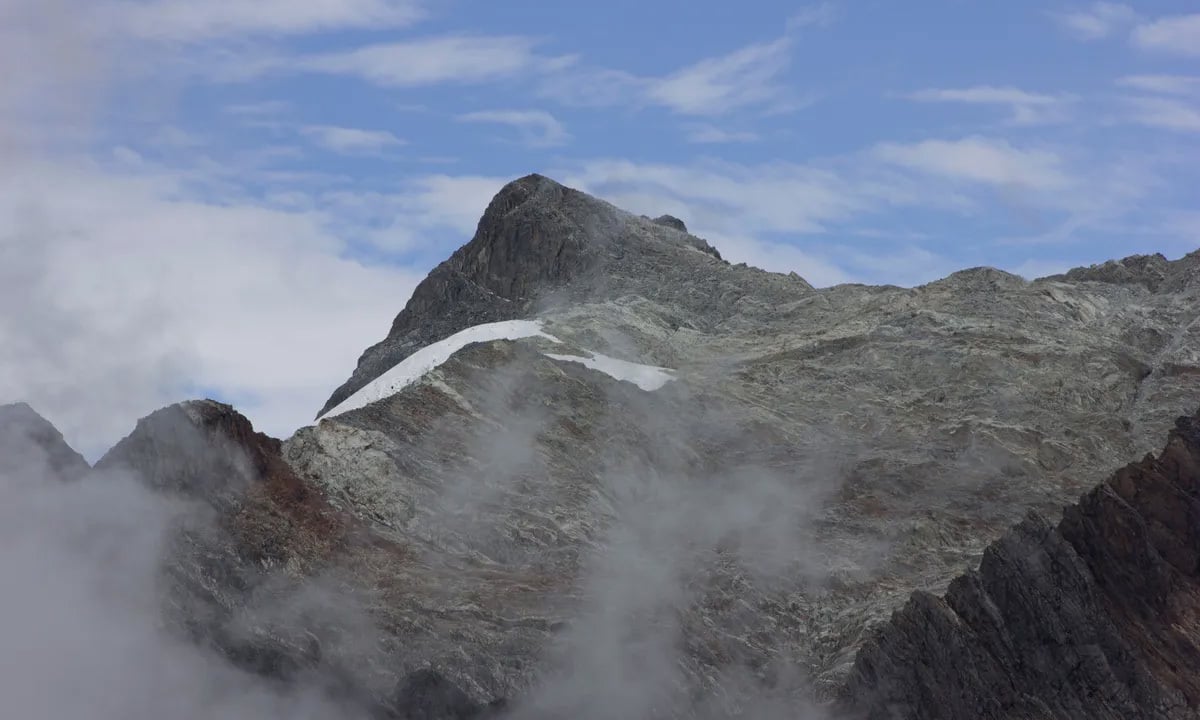


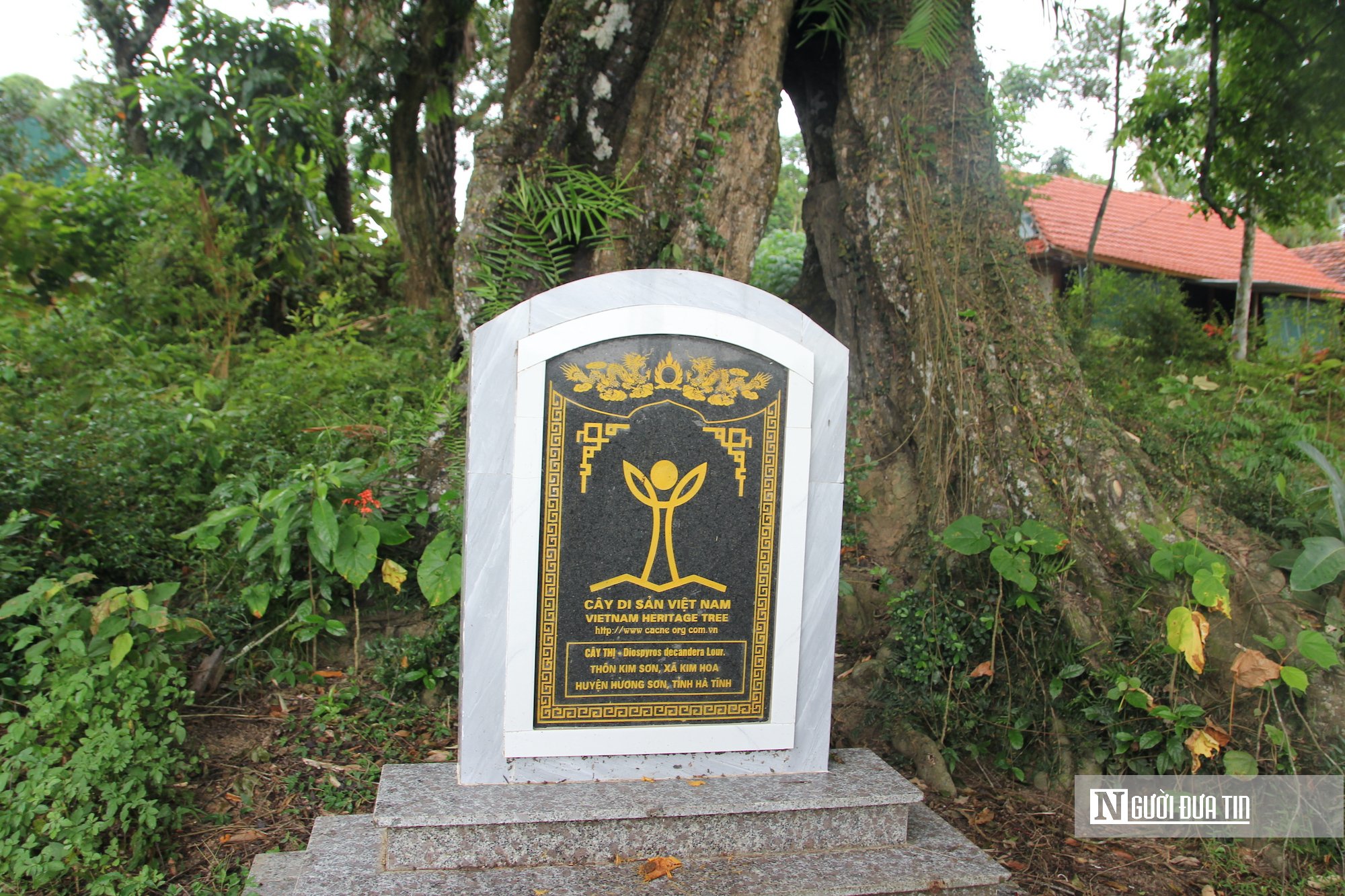





































































Comment (0)